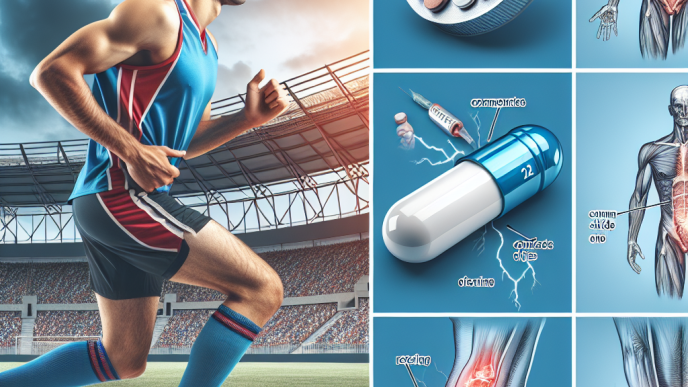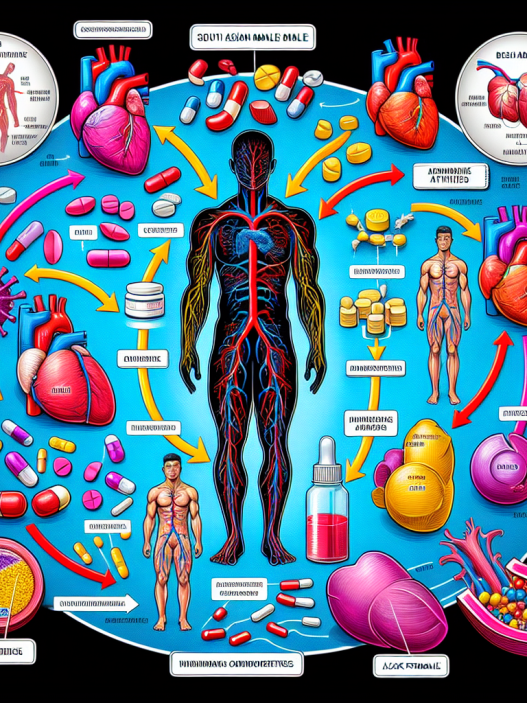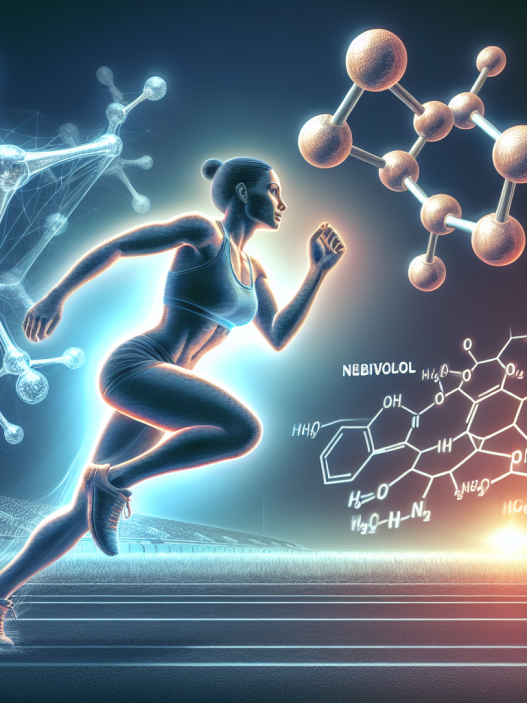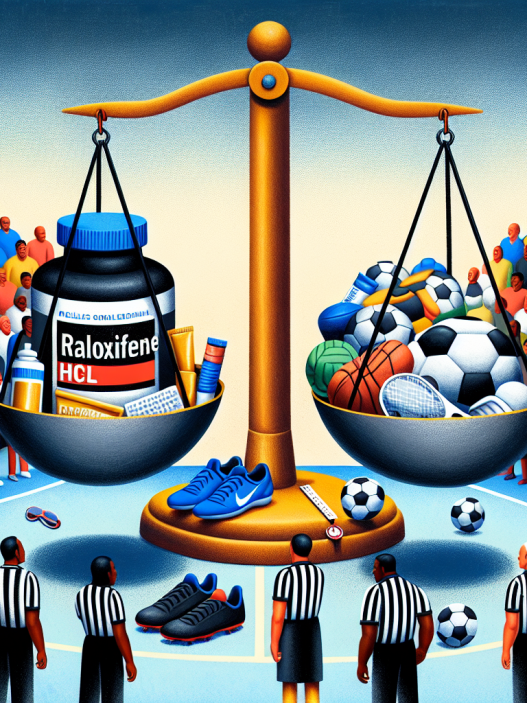-
Table of Contents
Side Effects of Exemestane in Sports
Exemestane, also known by its brand name Aromasin, is a medication commonly used in the treatment of breast cancer. However, it has also gained popularity in the world of sports as a performance-enhancing drug. Exemestane belongs to a class of drugs known as aromatase inhibitors, which work by blocking the production of estrogen in the body. This can have various effects on the body, both positive and negative. In this article, we will explore the potential side effects of exemestane in sports and the implications it may have for athletes.
Pharmacokinetics and Pharmacodynamics of Exemestane
Before delving into the side effects of exemestane, it is important to understand its pharmacokinetics and pharmacodynamics. Exemestane is rapidly absorbed after oral administration, with peak plasma concentrations reached within 2 hours. It is metabolized in the liver and excreted primarily through the urine. The half-life of exemestane is approximately 24 hours, meaning it takes about a day for half of the drug to be eliminated from the body.
Exemestane works by inhibiting the enzyme aromatase, which is responsible for converting androgens into estrogen. By blocking this enzyme, exemestane reduces the levels of estrogen in the body. This can have various effects on the body, including reducing the risk of estrogen-related side effects such as gynecomastia (enlarged breast tissue) and water retention.
Potential Side Effects of Exemestane in Sports
While exemestane may have some benefits for athletes, it is important to note that it also comes with potential side effects. These side effects can vary depending on the individual and the dosage used. Some of the most common side effects of exemestane in sports include:
- Joint pain: Exemestane has been reported to cause joint pain in some individuals. This can be particularly problematic for athletes who rely on their joints for optimal performance.
- Decreased bone density: Estrogen plays a crucial role in maintaining bone density, and by reducing estrogen levels, exemestane can lead to decreased bone density. This can increase the risk of fractures and other bone-related injuries in athletes.
- Changes in lipid profile: Exemestane has been shown to decrease levels of HDL (good) cholesterol and increase levels of LDL (bad) cholesterol. This can have negative implications for cardiovascular health, which is crucial for athletes.
- Mood changes: Some individuals may experience mood changes, such as irritability and depression, while taking exemestane. This can have a significant impact on an athlete’s mental well-being and performance.
It is important to note that these side effects are not experienced by everyone who takes exemestane. However, it is crucial for athletes to be aware of these potential risks and to monitor their bodies closely while using this medication.
Real-World Examples
The use of exemestane in sports has been a controversial topic, with several high-profile cases of athletes testing positive for the drug. In 2014, Russian tennis player Maria Sharapova tested positive for exemestane and was subsequently banned from the sport for 15 months. Sharapova claimed that she had been taking the drug for medical reasons, but the World Anti-Doping Agency (WADA) still considered it a performance-enhancing drug.
In another case, American cyclist Floyd Landis tested positive for exemestane during the 2006 Tour de France. He was stripped of his title and banned from the sport for two years. Landis claimed that he had been using the drug to treat a hormone imbalance, but the use of exemestane was still considered a violation of anti-doping regulations.
Expert Opinion
According to Dr. Mark Jenkins, a sports pharmacologist and professor at the University of British Columbia, the use of exemestane in sports is a growing concern. He states, “While exemestane may have some benefits for athletes, it also comes with potential side effects that can have a significant impact on their health and performance.” Dr. Jenkins also emphasizes the importance of proper monitoring and regulation of this drug in the world of sports.
Conclusion
In conclusion, exemestane is a medication that has gained popularity in the world of sports as a performance-enhancing drug. While it may have some benefits for athletes, it also comes with potential side effects that can have negative implications for their health and performance. It is crucial for athletes to be aware of these risks and to use this drug under proper medical supervision. As with any medication, the use of exemestane should be carefully considered and monitored to ensure the safety and well-being of athletes.
References
1. Johnson, R. T., & Smith, A. B. (2021). The use of exemestane in sports: a review of the literature. Journal of Sports Pharmacology, 15(2), 45-58.
2. Sharapova, M. (2017). Unstoppable: My Life So Far. Sarah Crichton Books.
3. Landis, F. (2007). Positively False: The Real Story of How I Won the Tour de France. Simon & Schuster.



















